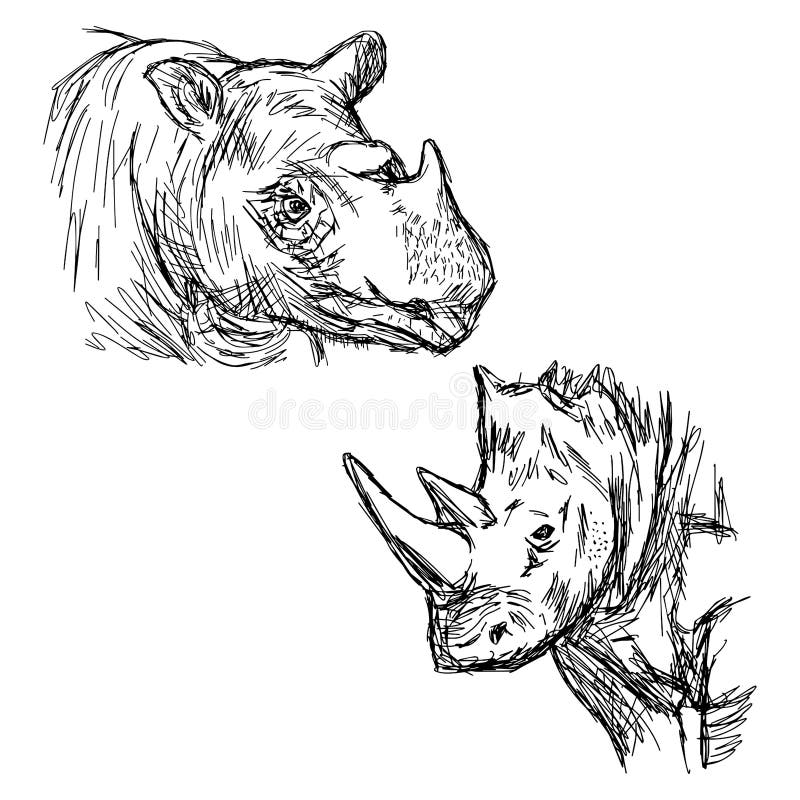

Is has large incisor teeth however, no information on the description of the incisors has been published.
JAVAN RHINOCEROS DRAWING PATCH
The 70-cm tail has a patch of hair at the end.Īs a forager, the rhino has developed an elongated upper lip that extends out and over the bottom lip. The body mass of both sexes can range from 1500-2000 kg.ĭespite being virtually hairless, the Javan rhino does have sparse hairs around the nose and horn. However, some measurements of heads indicate that females are larger. Males and females have a similar average body mass. Rhinoceros sondaicus averages about 1.7m at the shoulder. The horn shares the same color of the hide. The folds of the Javan rhino are present on the shoulder, the back, and the hind end. Unlike Rhinoceros unicornis (Indian rhinoceros), the Javan rhino has a dorsal crease rather than one originating from the neck. The Javan rhino has a grey hide with multiple rigid folds that come together to form sectionalized creases. The horn has no attachment to the bone structures of the skull. Mature males have only one horn that is 25 cm long, while females lack a horn entirely. Rhinoceros sondaicus is also known as the lesser one-horned rhinoceros, as its horn is smaller than any of the other rhino species. This lowland species may be found at elevations up to 1000m, but it's much more common below 600m. Rhinoceros sondaicus thrives in the lowland, grassy fields close to a water source where it typically spends most of the day wallowing. Javan rhinos are most commonly found in tropical forests that are generally close to sea level. ( Barbour and Glover, 1932 Penny, 1988 Schenkel and Schenkel-Hulliger, 1969) There is also a small (less than 10 individuals) population in the Cat Tien National Park in Viet Nam. Today, its only known location is in the Udjong Kulon Nature Reserve, located in the furthest southwestern areas of Java, where some 50 individuals remain. The rhino once inhabited the majority of the Javan island. It is possible that the rhino's range included the southern Malaysian peninsula. It was also found in the north and northeastern region of Thailand, extending into Cambodia. However, it is known that the Javan species also inhabited all areas of Sumatra. In the past, the Javan rhino ranged from the highest northern parts of Burma and quite possibly extended to present-day eastern Vietnam. The historical range of the Javan rhino is believed to have included southeastern areas of Asia. The Javan rhino, Rhinoceros sondaicus, is also known as the lesser-one horned rhino.


 0 kommentar(er)
0 kommentar(er)
